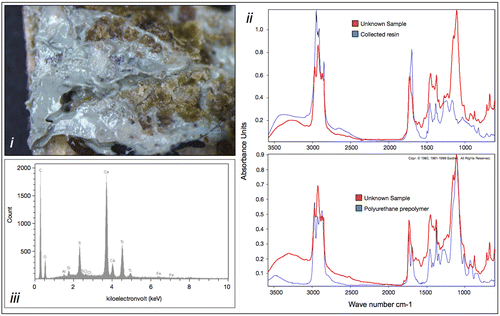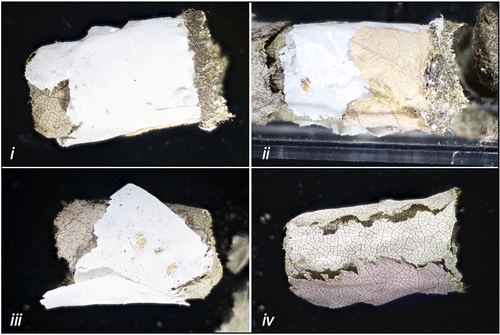In their desperate attempt to adapt and survive, bees have begun to use our plastic waste to build nests.
He is about to end up run over, his mother saves himBees are in danger. The greatest threat to their existence is the chemical pesticides used in agricultural crops for industrial purposes. Climate change is also playing its part and now, as a recent study by University of York biologists published in the Ecosphere journal of the Ecological Society of America, to the list of "Bee killers" are also added to human waste.
In their desperate attempt to adapt and survive, these vital insects for biodiversity and ecosystems have begun to use our plastic waste to build nests. Until now they had only done this using natural materials. The bee colony observed by the team of experts replaced about 23 percent of the leaves normally used with plastic.
“Plastic waste pervades the world landscape. Although the negative impacts on species and ecosystems have been documented, there are some observations on the behavioral flexibility and adaptation of species, especially insects, to increasingly plastic-rich environments ", write the authors, who have created" trap nests ”In Toronto for observe the behavior of different bee species.


Depending on the species, in fact, bees build their nests with various natural materials, from leaves to mud, even passing through small pebbles. But as soon as the bees finished their work, the researchers noticed that unnatural materials had been incorporated into the nests of two different bee species. They had opted for i types of plastics that mimicked the natural materials usually employed.
Megachile rotundata, which usually collects leaves, had completed some of its nests with pieces of shiny white plastic, replacing about 23 percent of the leaves. Meanwhile, Campanula Megachile, which usually collects pine resin, had occasionally replaced it with polyurethane-based sealants, often used in construction for building exteriors.
What are the consequences of these new construction techniques? Plastic in nests can cause mold to form, or it can kill insects by preventing them from moving or breathing. In short, further proof that we are poisoning the planet with our waste.
Roberta Ragni
READ also
Let's save the bees: the documentary film and the Greenpeace petition
Bee die-off: not just neonicotinoids. Even the fungicides under accusation


























